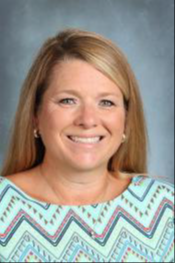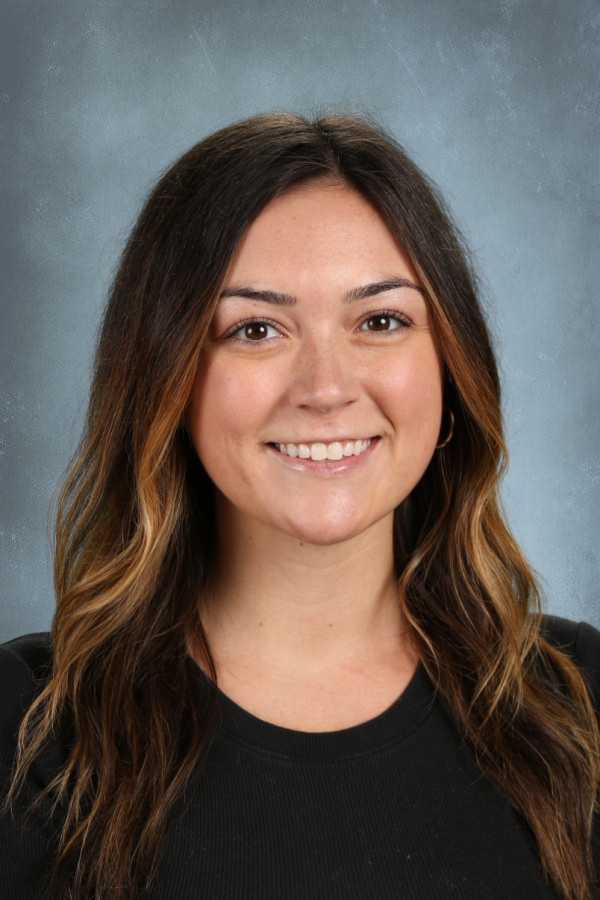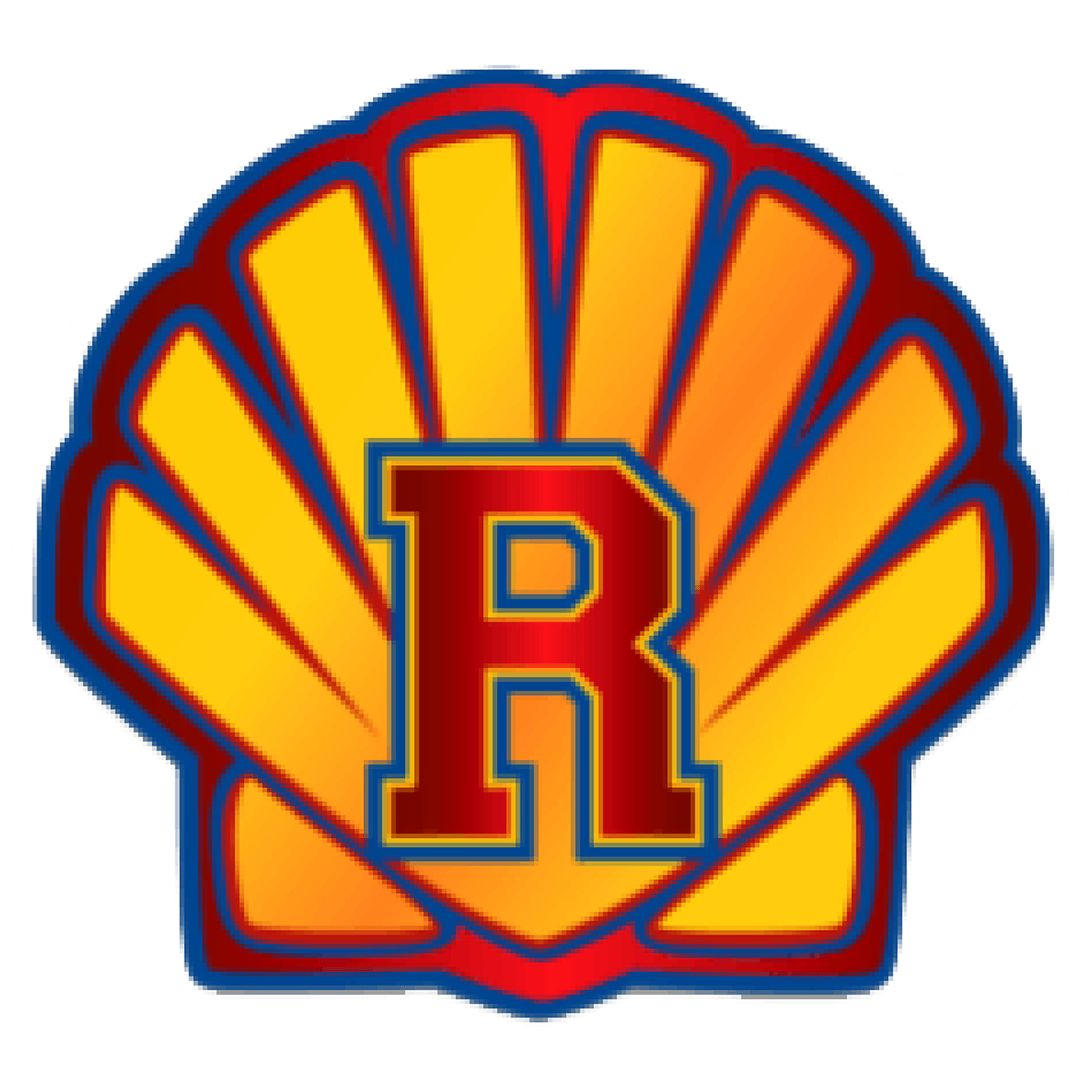Third Grade
WELCOME TO THIRD GRADE!
Achieving Excellence with Passion, Pride, and Partnership
With the fundamentals being mastered in 1st grade and 2nd grade, your child is now ready to thrive in 3rd grade! But third grade is not just another year. This grade is a very important time in your child’s education, because it’s when students transition from what are often known as the “lower grades” to the “upper grades.” It is a crucial time in students’ learning as they become more independent and mature learners.
In 3rd grade, students progress from practicing basic skills to mastering them, and move on to developing more complex skills. What does this really mean? Your third grader will become a savvier reader, writer, mathematician, and thinker this year, digging deeper into topics and analyzing what is learned. Also, technology will become an even more important part of the classroom as students use it for writing and research.
Reading in 3rd Grade
Third graders become better and more independent readers. Third grade reading focuses on teaching kids how to think and talk about what they read in deeper and more detailed ways.
Many reading lessons in 3rd grade are dedicated to writing and talking about the meanings, lessons, and important ideas in texts. Students will have to prove their opinions and support their answers to questions by referencing the text. Third graders will learn to read particular texts closely. As 3rd graders explore a greater range of books and longer texts, they become more fluent readers and learn to read, define, and pronounce complex words.
To build reading skills, your 3rd grader:
Reads multi-syllable and grade-appropriate, irregularly spelled words and breaks words into understandable parts including prefix, root or base word and suffix.
Reads grade-level text with fluency, which is appropriate pace, accuracy, expression, and understanding.
Self-corrects mistakes and re-reads when necessary.
Talks about and answers questions about a text using specific examples from the text and connects different parts of a text.
Reads a variety of texts including: fiction, non-fiction, fables, and poetry, and understands and talks about their main ideas and lessons.
Begins to understand the difference between literal and non-literal text such as metaphors and analogies.
Uses the text and context to determine the meaning of words.
Learns to read closely by diving right into a text with limited pre-reading activities, focusing on the text itself, rereading deliberately, reading with a pencil, noticing things that are confusing, discussing the text with others, and responding to text-dependent questions.
Writing in 3rd Grade
Third graders continue to practice writing the pieces they learned to do in 2nd grade, but now also write longer ones with more detail. What’s more, 3rd graders learn increasingly sophisticated language, using phrases and terms to provide examples and make connections within their writing.
More time is spent on planning, revising, and editing texts in 3rd grade — and as a result, your child learns the “writing process” authors go through. Students may spend a long period of time (maybe a few weeks) working on one piece. They also practice writing pieces in shorter periods of time in class. Third graders continue to use and become comfortable with technology as they utilize computers for writing pieces and doing research.
To build writing skills, your 3rd grader:
Writes a variety of texts including:
Writing in response to reading: Students learn the importance of stopping to think about their reading and then jotting their thoughts down. Doing so automatically slows down the thinking process, allowing the reader to really reflect on the text in a more meaningful way while providing teachers with a way to evaluate reading comprehension skills.
Opinion Pieces: Students introduce their opinions, note the reasons for those opinions, and provide a conclusion.
Narrative Pieces: Students write about an event, using descriptive details, feelings, and proper order — and ultimately provide a conclusion.
Informative/Explanatory Pieces: Students introduce a topic and use facts, definitions, and, if helpful, illustrations to further explain the topic, eventually leading to a conclusion.
Uses terms such as: because, since, for example, also, another, and but to elaborate on and make connections in her writing.
Plans, revises, and edits her writing, going through the same process that most writers do.
Begins to take notes and do research for short research projects.
Math in 3rd Grade
Third grade is a very important year for students to flex their math muscles as they dive into multiplication and division. Third graders also practice explaining concepts by showing how they solved a problem, both out loud and through writing.
To build math skills, your 3rd grader:
Multiplies and divides numbers up to 100 and understands the relationship between multiplication and division.
Understands that 3x5=15 and 5x3=15 (this is the commutative property of multiplication).
Begins to memorize the product of one-digit numbers so that he knows them all by the end of 3rd grade.
Solves word problems that require two steps and more than one mathematical action.
Rounds numbers to the nearest tens or hundreds.
Adds and subtracts numbers within 1,000.
Understands and creates fractions and uses number lines to represent and compare different fractions.
Solves problems involving time and measurement.
Creates and uses graphs to represent data and answer questions.
Learns about shapes (specifically quadrilaterals) and their features.
Learns about and calculates the area of an object using multiplication and addition (specifically by multiplying the lengths of the sides of an object).
Science and Social Studies in 3rd Grade
Third grade science and social studies topics are interwoven with the language arts curriculum.
Third grade at Central Intermediate School is a TEAM. We respect each other. We take risks. We accept challenges that put us in the Learning Pit. We embrace mistakes as we grow and climb out of the pit having learned something new. We turn around and reach out a helping hand to fellow classmates climbing out of the Learning Pit as we move forward to the next challenge. We celebrate each other’s successes! So come along and get THIRD GRADE STRONG!
Sources:
https://www.scholastic.com/parents/school-success/school-success-guides/guide-to-3rd-grade.html
James Nottingham’s “The Learning Pit” - A powerful analogy for learning that is used by schools around the world.

Ms. Paulfrey
erica.paulfrey@rcusd.org
618-254-6507

Mrs. Minogue
breanna.minogue@rcusd.org
618-254-3141

Mrs. Trask
jennifer.trask@rcusd.org
618-251-7005

Ms. Caldwell
chloe.caldwell@rcusd.org
618-254-6036

Ms. Oldendorph
Katherina.Oldendorph@rcusd.org
618-254-6012

Mrs. Sanchez
jessica.sanchez@rcusd.org
618-254-6039

Mrs. Keller
andrea.keller@rcusd.org
618-254-6009
